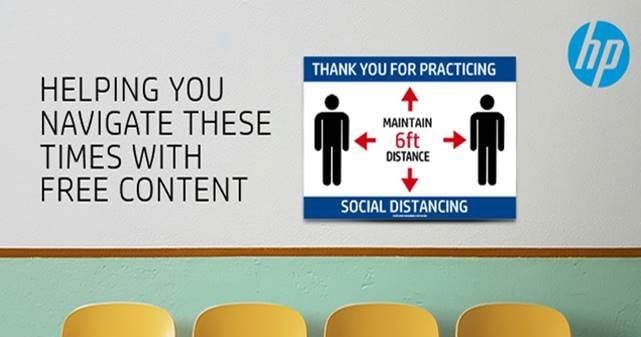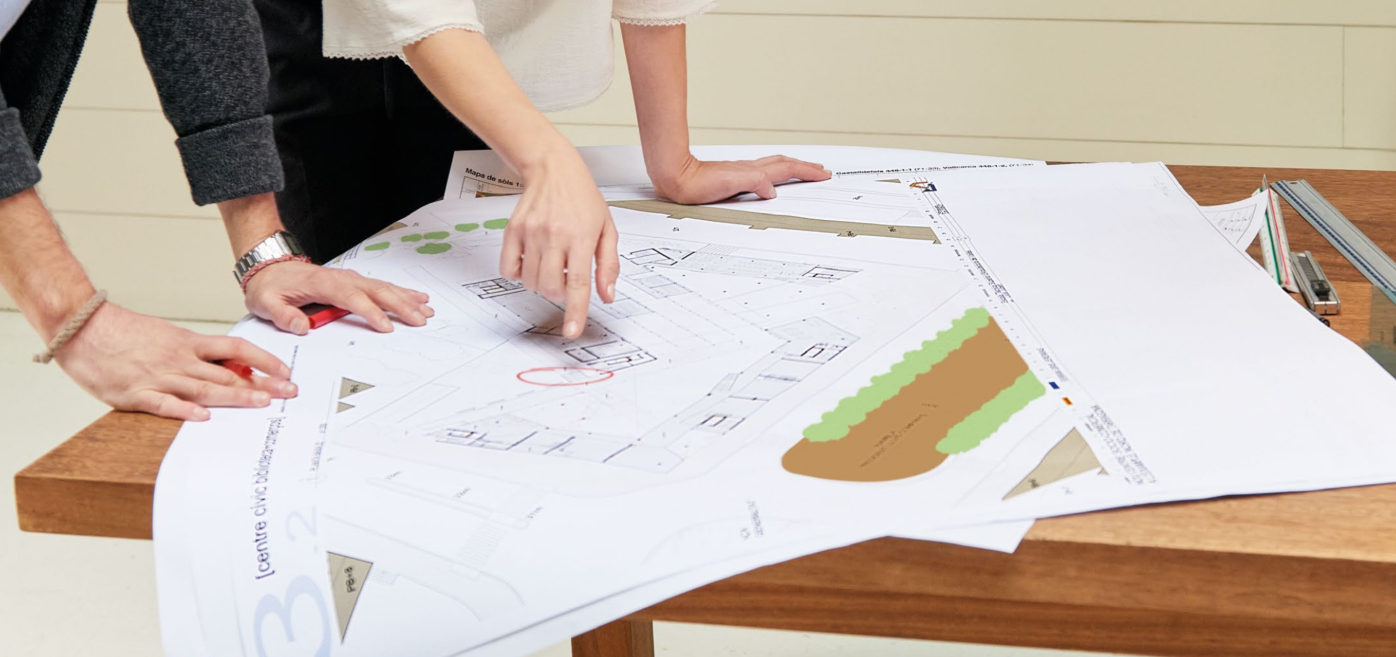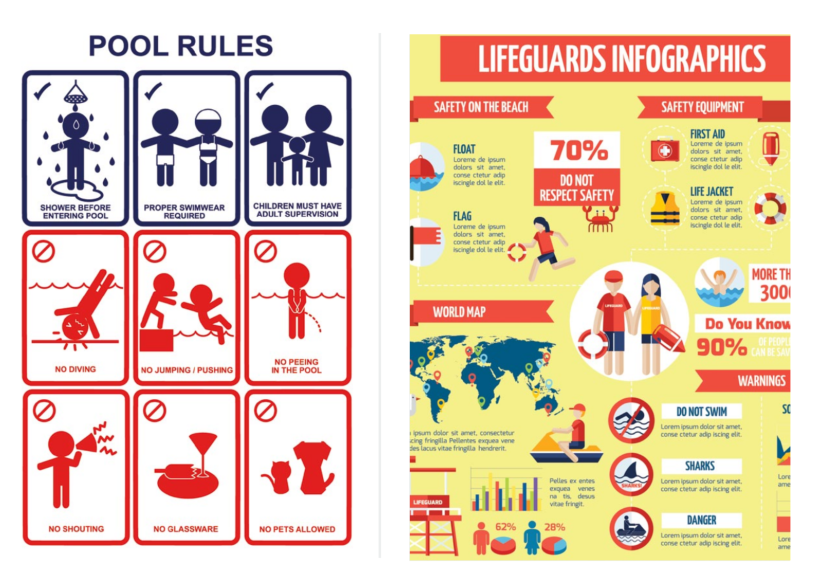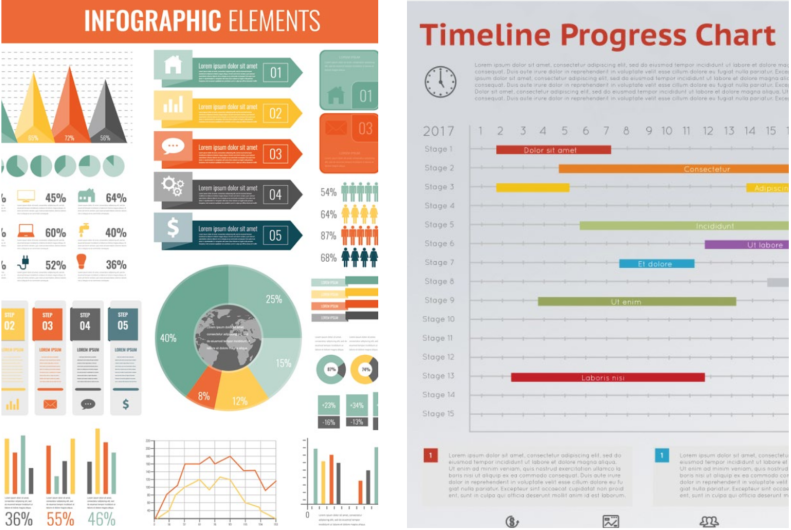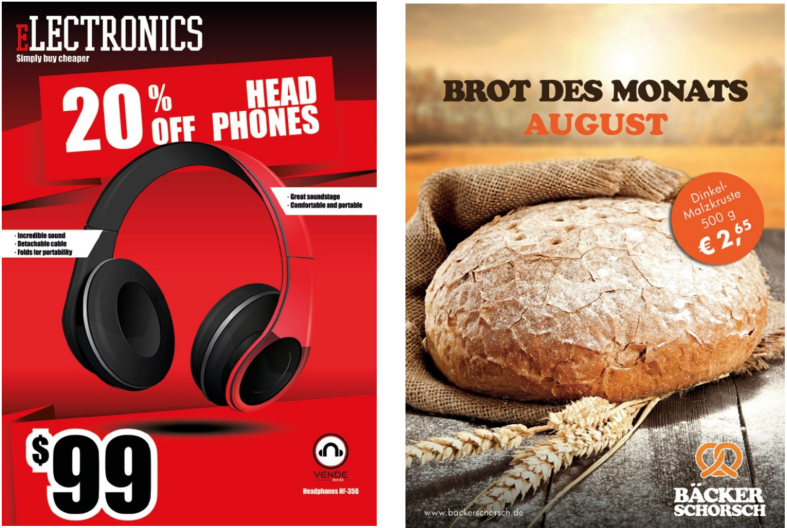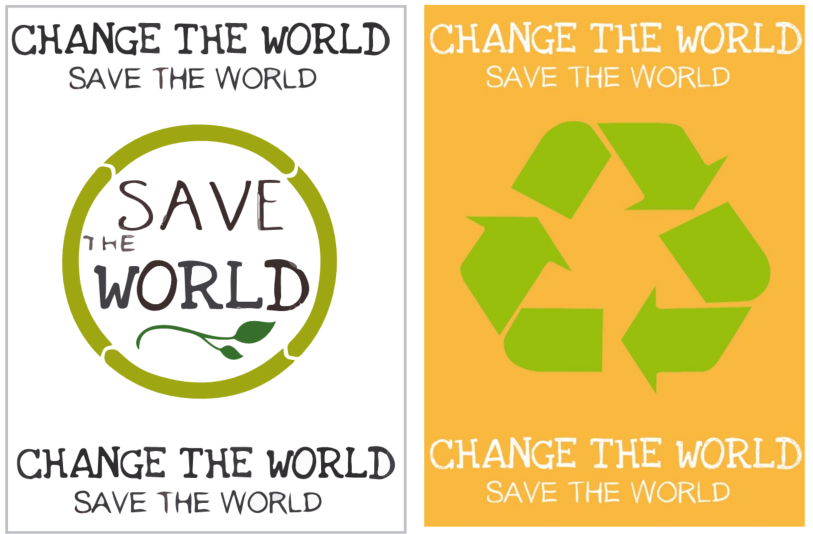In a previous post, I talked about why the need to upgrade your old wide-format print technology. A few topics were “color vs. black & white” and “inkjet vs. toner”. Today I would like to share some information about the latest and exciting new technology from Hewlett–Packard “HP”.
As most are aware, over the past 5 years the PageWide-XL technology from HP has taken over the wide-format production printing market. However, the focus and strength of the technology were around the AEC (Architectural, Engineering, and Construction) markets as well as high volume manufacturers and the Reprographic markets. These industries typically printed line drawings with some occasion renderings and solid assembles. However, not graphics or marketing material.
HP continued to improve on the technology with each new model launch, each time improving features and benefits like faster output speed, finishing, eco-friendly ink cartridges as well as a higher resolution and larger touchscreen user interface. Not to mention the most secure production printers on the market.
So what could HP do next to improve the already amazing PageWide-XL technology?
As mentioned and most are aware, the strength of the PageWide-XL technology was its amazing reliability in production environments compared to the standard and common LED/Toner-based technology that so many companies used for so many years. However, PageWide-XL now offers speed and improved quality in COLOR. Yes, the ability to print in color faster than most LED printers could print in b/w and for less cost. So again, the question remained unanswered – what could HP do to improve the PageWide-XL technology?
The answer – HP announced the new PageWide-XL PRO series. HP listened to their current PageWide-XL customer base and their reseller channel. Everyone loved the technology as it exceeded most expectations. However, as PageWide started to take over the production market end-users started to push the envelope on what the technology could produce, some with great results. However, some with mixed results, mostly in the graphics market. 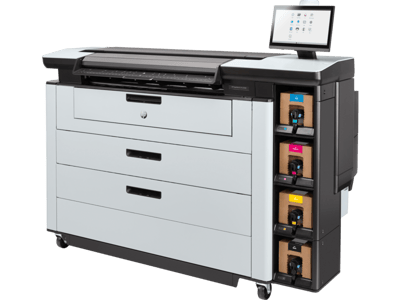
Even though PageWide-XL was never launched or intended to be a graphics printer, customers continued to do more with PageWIde-XL, testing the technology. As we continued to see amazing output produced there was still the need for improvement if this technology was going to compete in the graphics market. Unfortunately, the current Pagewide-XL technology was not designed for the graphics market without the potential of some files showing what we call “banding”. As mentioned - never was the Pagewide-XL launched for the graphics market.
With that said – the HP PageWide-XL Pro series has addressed those concerns and needs.
Highest Productivity - With the ability to still print technical output at high speeds, 20 to 30 D-size prints (24x36) per minute depending on the model.
New Applications - you now have the ability to print graphics and marketing material with minimal banding. Not only graphics but the ability to do the following:
- Print on cut-sheet media – as well as double-sided posters and banners
- Print directly to board, up to 10mil thick and 3 boards per minute- Print directly to board, up to 10mil thick and 3 boards per minute
- Provide better image quality with the new print head technology and calibration routines
Sustained End-to-end Productivity- Larger eco-friendly ink cartridge capacity and intermediate tanks enable replacing used cartridges while the printer is running.
Improved User Experience - Higher efficiency thanks to the largest front panel and enhanced copy/scan workflows. Edit scanned files from the touchscreen before sending them to print
Wider Solutions EcoSystem - Print submission tools adapted to different printing environments and customer profiles allow easy configuration of print settings across printers and help you monitor and keep track of your fleet and printing costs.
Sustainable Impact - inks uniquely suited to fast, high-quality printing in a single pass in printers that provide up to 10 times lower energy consumption. Take advantage of local ink cartridge carton recycling and free take-back of printheads and prints on HP media.
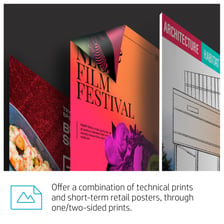
In summary – the PageWide-XL Pro advantages
With technical printing becoming less of a demand and the evolution of color and color graphics, the PageWide-XL Pro makes a lot of sense with the ability to do both; technical printing and graphics printing (to include double-sided and print to board). Do more with one system!
Feel free to contact me to learn more about our solution offerings, support, and programs. Email: terry.frisk@mastergraphics.com or (800) 873.7238 x2163



